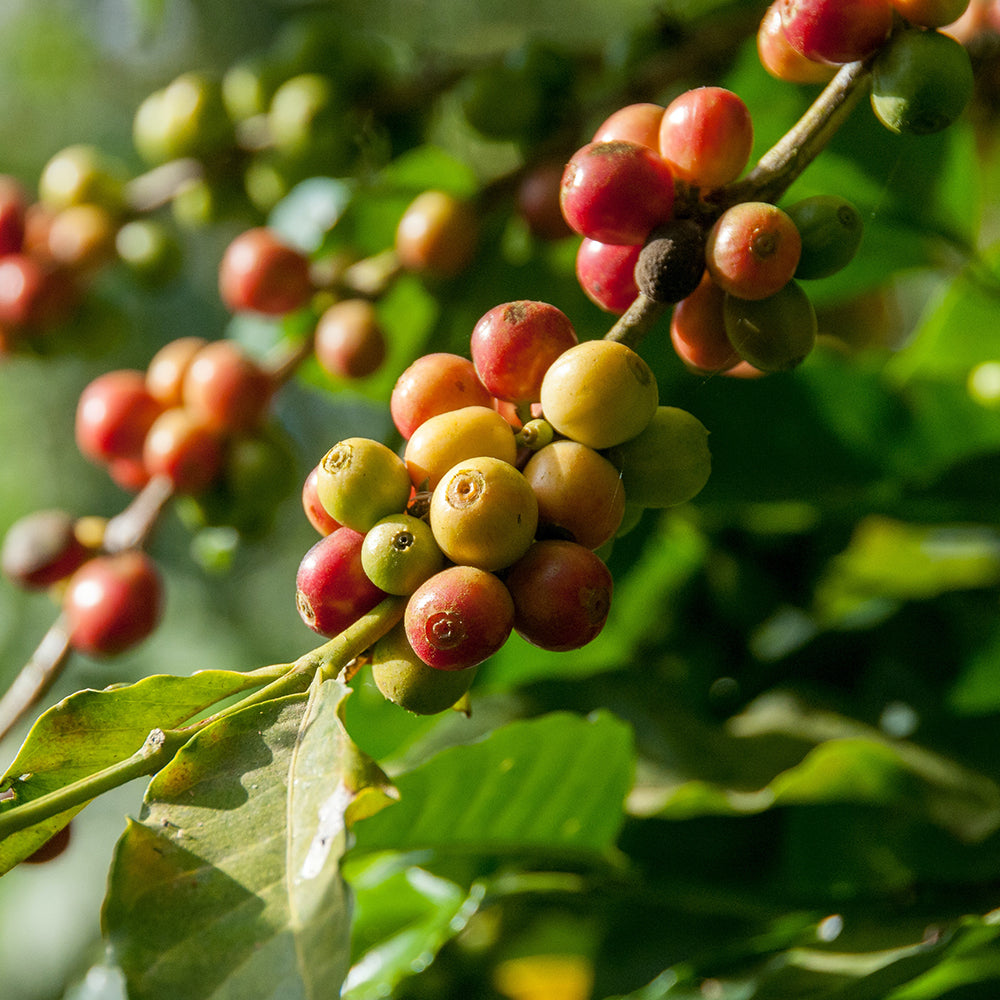Your mug of coffee is your personal paradise, your cup of comfort, so whichever one and whatever way you have it is the right one. A true coffee lover however knows their drink well!
The journey of creating that aromatic gorgeous powder might take up to years from the moment of planting to cupping. Coffee is one such amazingly unique crop that became more than a crop to an emotion and lifestyle choice of a world full of people. Every cup you consume is literally brewed with a story inside it. A story of how those ripe red cherries from sub-tropical forests turn into this charming beverage, your coffee from roots.
The flavorful journey begins like the journey of any other crop: with seeds! Usually, a seed needs the correct planting conditions to turn into a healthy coffee plant. This includes factors like topography, temperature, etc.
A coffee plant is best grown in a semi-tropical climactic condition between 20 to 30 degrees Celsius temperatures. Coffee does however grow in warmer temperatures like the Arabian parts. The warmer and humid summers and heavy monsoons are kept for the growth and the cold winter months are when these plants start flowering into crimson berries. An elevated and sloped land is always better for the plants to grow. In general, the first harvest of a newly planted coffee plant takes 3 to 4 years to yield and from then on a plant generally gives one harvest a year. Places like Columbia however have two flowerings a year.
Once the growth stage is full after the humid months, the cooler months come when the time comes to begin the process of handpicking these ripe red cherries by local farmers. Most of the world still follows this manual and time-consuming, delicate process of cherry-picking. There are two popular cherry-picking methods- Strip Picked and Selectively Picked. Stripped picking is when all the cherries are either hand or machine picked. Selective picking happens when the farmers go around every 8 to 10 days picking the ripest of cherries, usually of the high demanded Arabica form of beans.
On average 100 to 200 pounds of cherries can be picked daily which later go through a magical range of transformation to yield around 20 to 40 pounds of coffee beans.
After the picking comes the processing of cherries. This has to be quick to prevent the rotting or spoiling of the fruit. There are two methods to process the cherries- the dry and the wet method. Drying is the old method practiced in areas with scarce water. The cherries are laid in the sun to dry down to low moisture content and turned every now and then to dry evenly. The wet method involves intensive washing and soaking of the cherries to separate the bean from the flesh. This does remove the main pulp but keeps a thin layer surrounded around the bean.
This is the fermentation process to sum it up. After the fermentation the beans are visibly collected and feel rough now, ready to go for their next mechanized journey as the “green coffee” through processes like drying, examining, milling and polishing!

